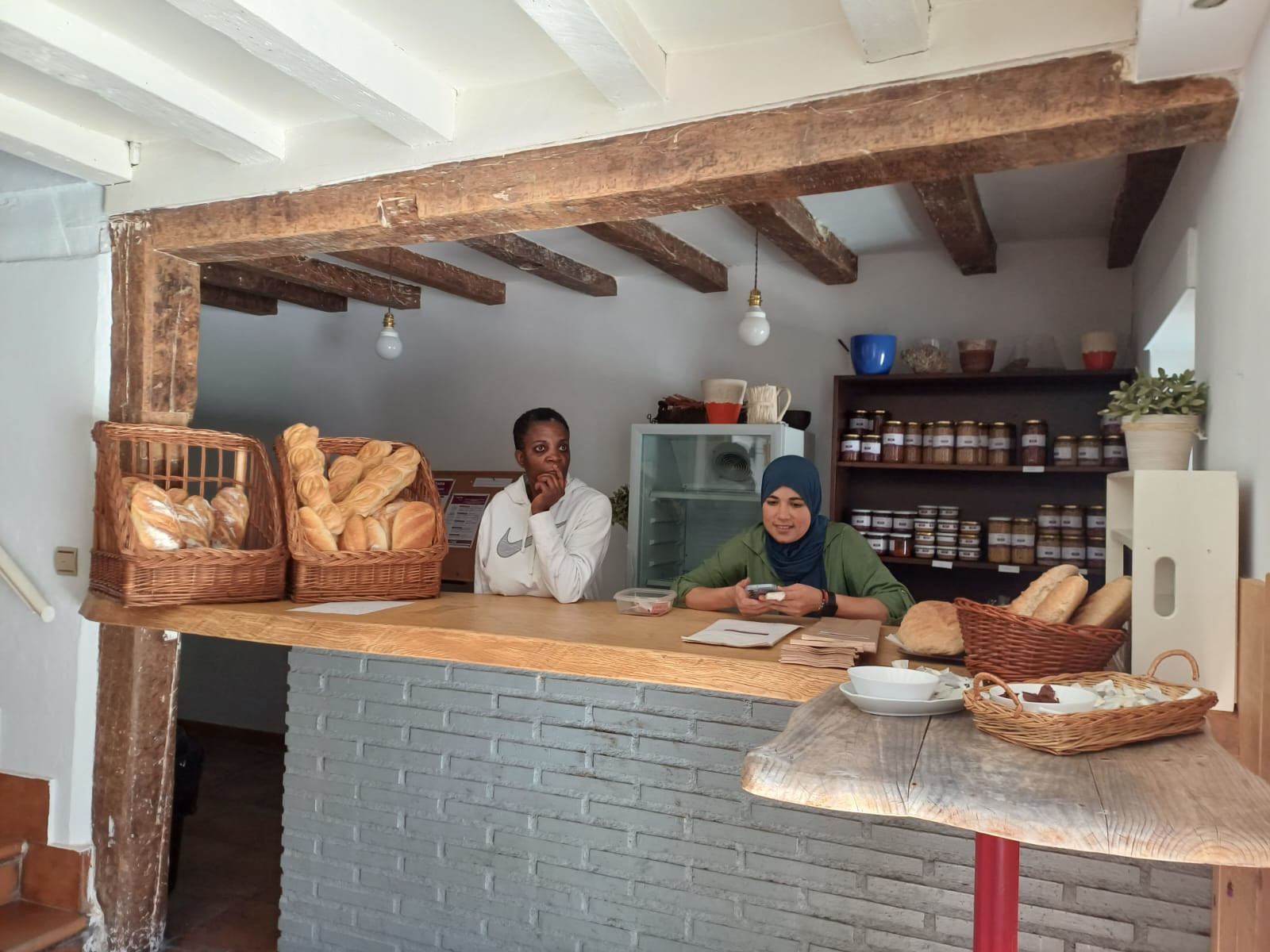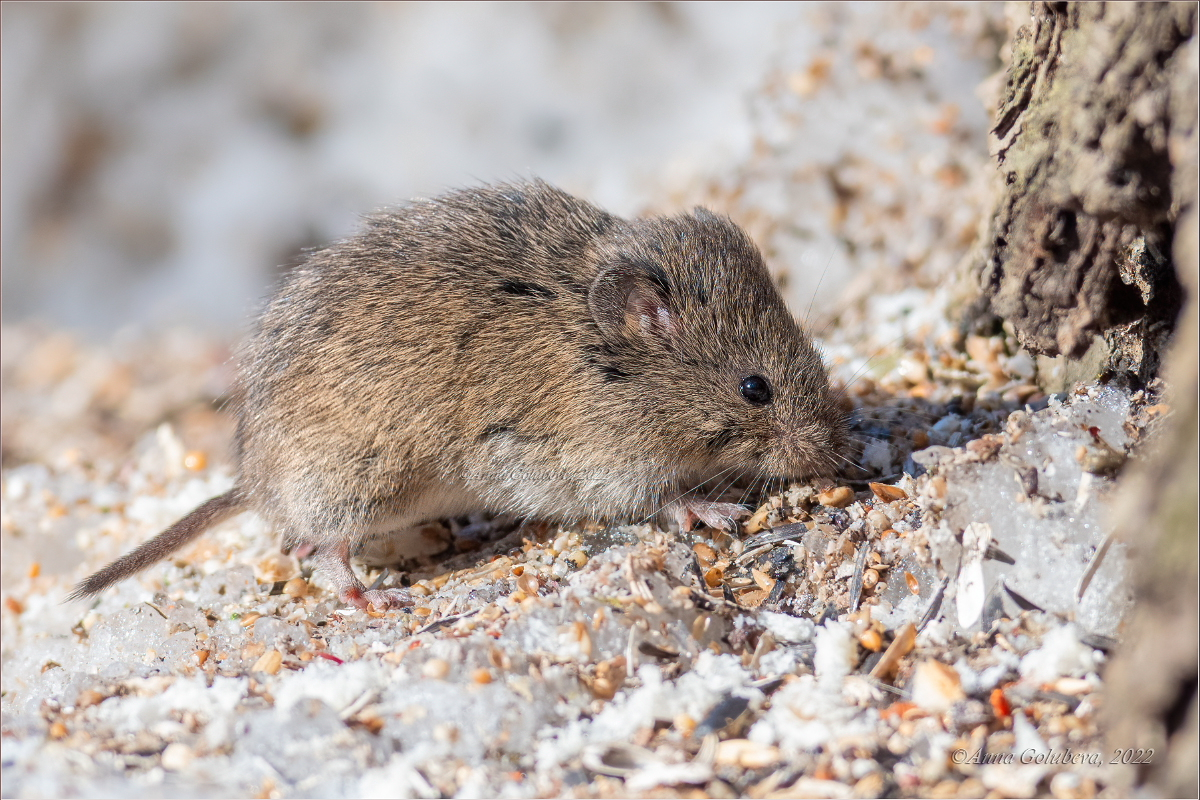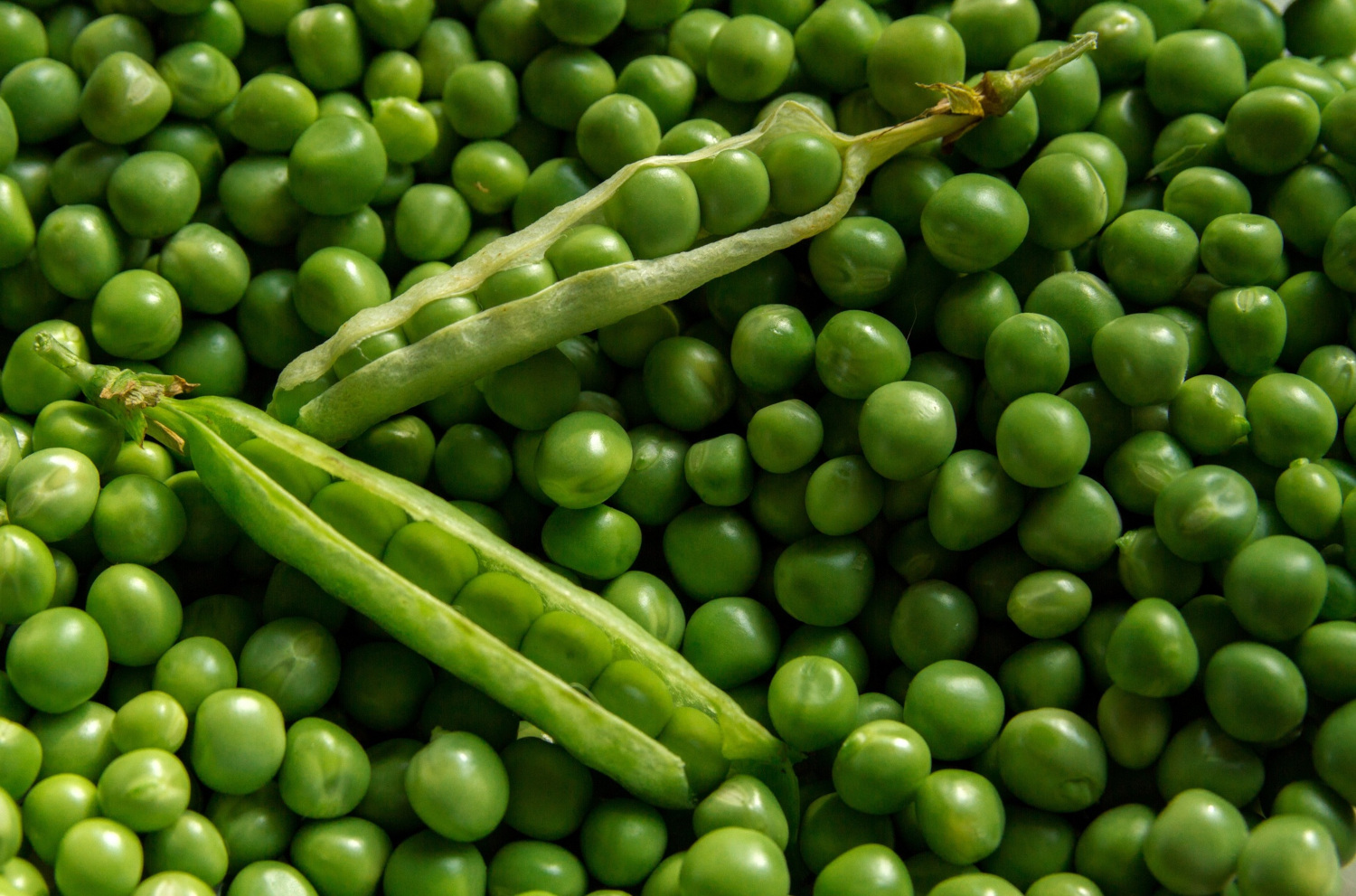When do you start working on the earth?
- This is the best-known post-winter question of the orchard. When does winter end? With the milestone of the calendar? When do we think colds have already passed? When the day is longer than the night? It's not easy to guess. Adding to this the characteristics of the territory and the climate of each place, the annual doubt returns there, blackened with a glimmer of fear. The time of each job is determined at the local level. You learn with all the failures, inventions, failures, successes, potos and mint, the result teaches us when and how each job has been done. Each one belongs to it, and every orchard belongs to it, because the orchard is a universe, one and one.

There are indications of when to do the jobs in each place. An outstretched saying in our environment says: when the sapelar is dry, the time has come to plough the earth. The Sapelar (Stellaria media) is an herb that spreads during the winter. It lives around us: gardens, fields, spears, walls... In cultivated land it grows smoothly in the holes released by autumn crops, especially in wet and fertilised soils that are not drowned.
The sapelar is a green fertilizer. Instead of the earth being outdoors and within reach of the ice, it covers and protects it. Now, the time and length of daylight warm the earth. He's not a fan of drinking. It flourished with white, star-shaped flowers (hence Stellaria) and by separating them it becomes yellowish and wilts, creating a peculiar landscape. It's time for the earth to work. It's not everywhere at the same time as teeth. Where applicable for each orchard or land.
Where does Sapelar's name come from? The anglerfish, the mouse, the ceiling -- you hear everything. The sapelar has many other names: basil herb, basil, bird herb, sapabelar, arbelar, sapiar, mouse herb...

In the recent green season it is a good salad food, with a tasting reminiscent of the fresh, the must and the avellano. Cooking is also very good. On January 7, Human Day, Jinjitsu Day, Humanity Day, Nanakusa-no-Sekku celebrates the “seven herb feast” by eating seven herbs. Among them is the sapelar. They're not wrong. Sapelar is rich in healthy components: Vitamin C, in calcium, silicon, magnesium and potassium, for example. It also has saponin, which has long become a well-known medicinal herb, which is mainly used to treat skin and respiratory problems.
In our country the saying goes: "The flower peel, the hungry sheep." It says that it blooms at the end of winter… To quell our appetites, we know, so that right now we work the lands and give ourselves to sowing and planting.








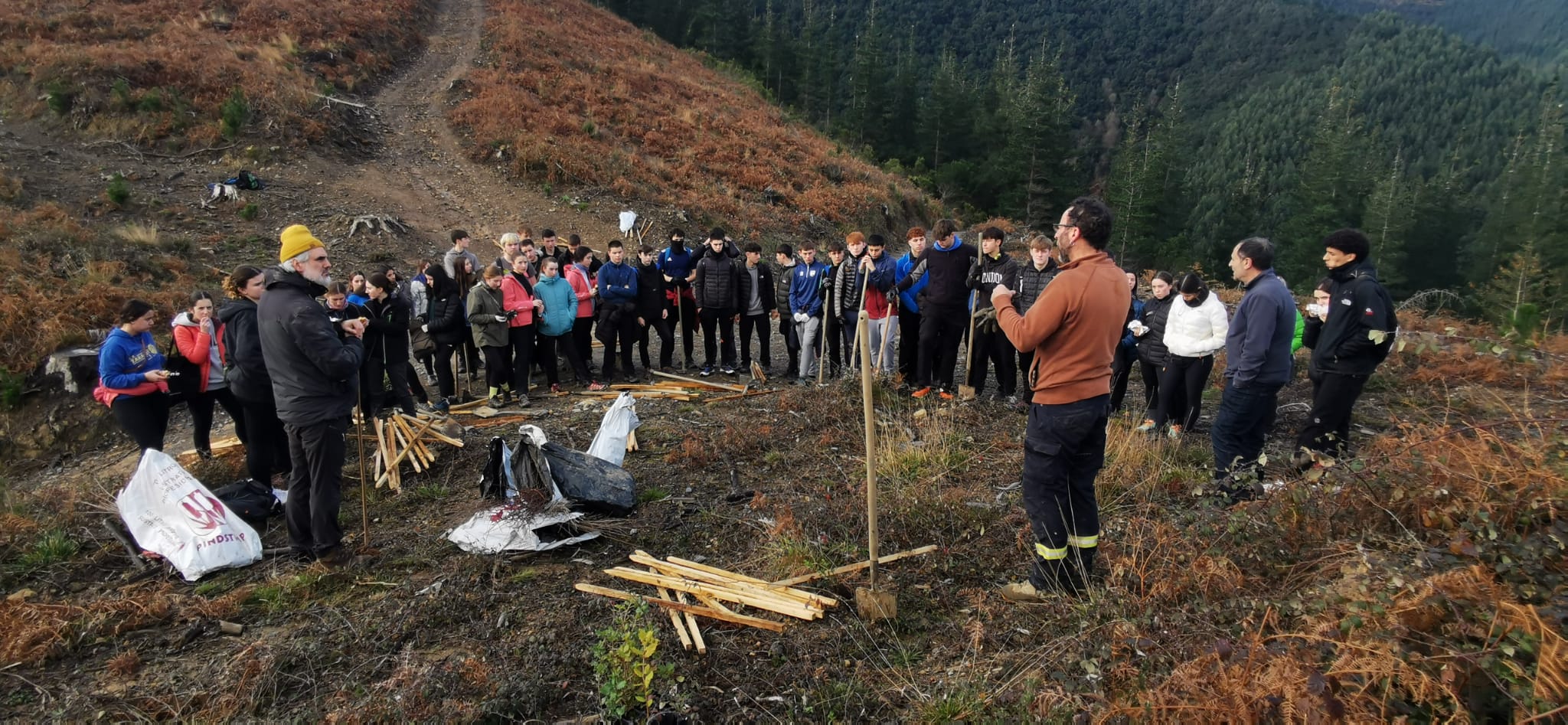
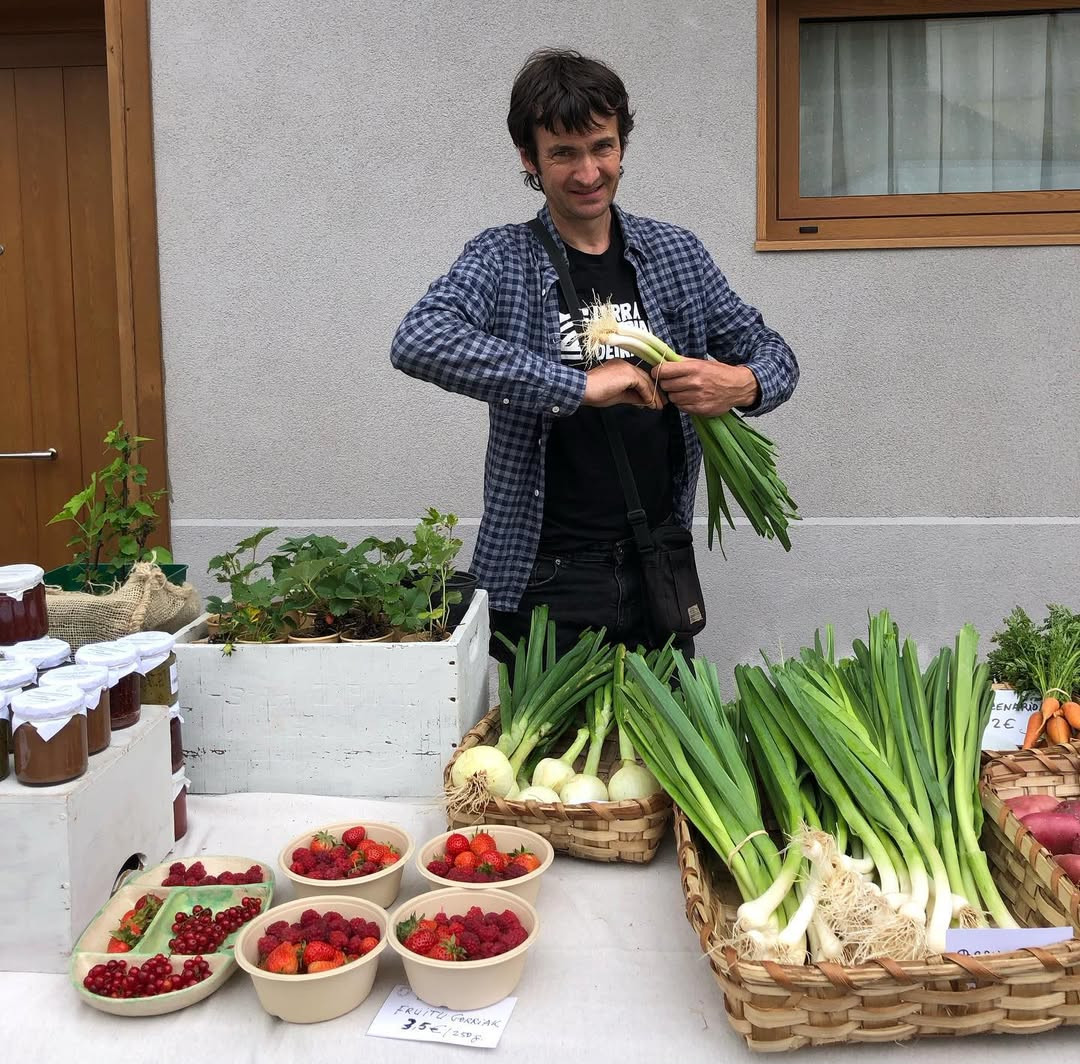

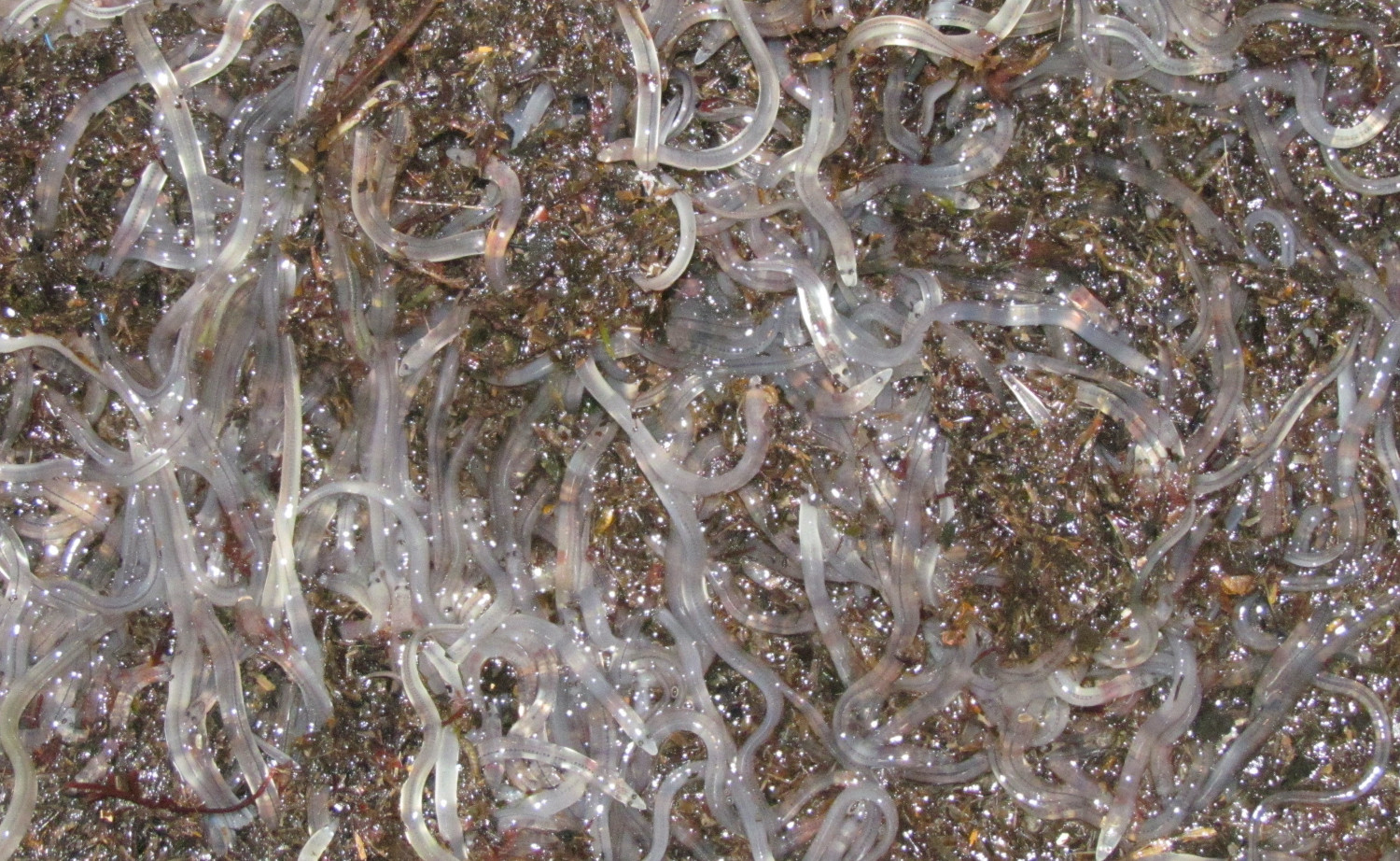
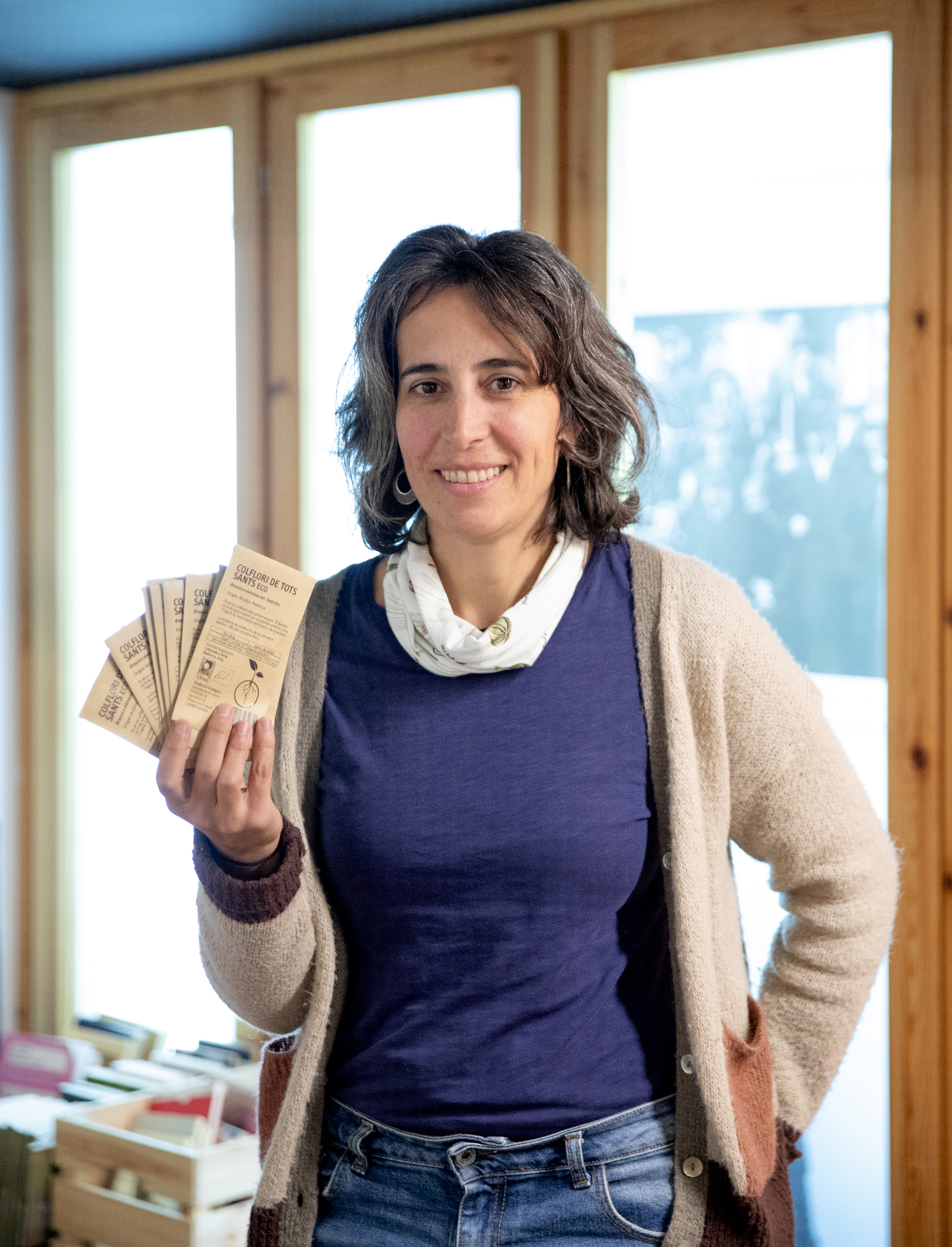



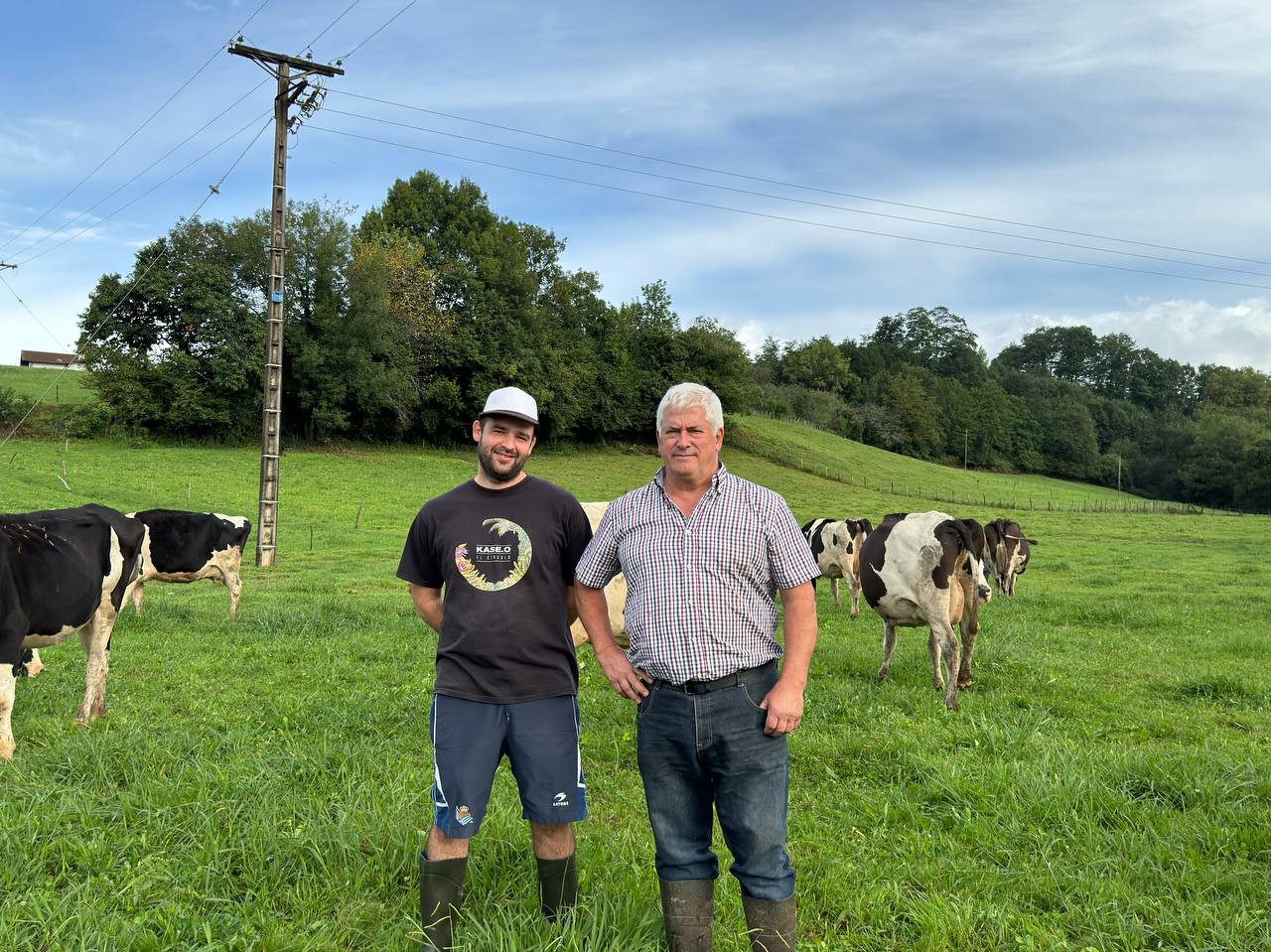
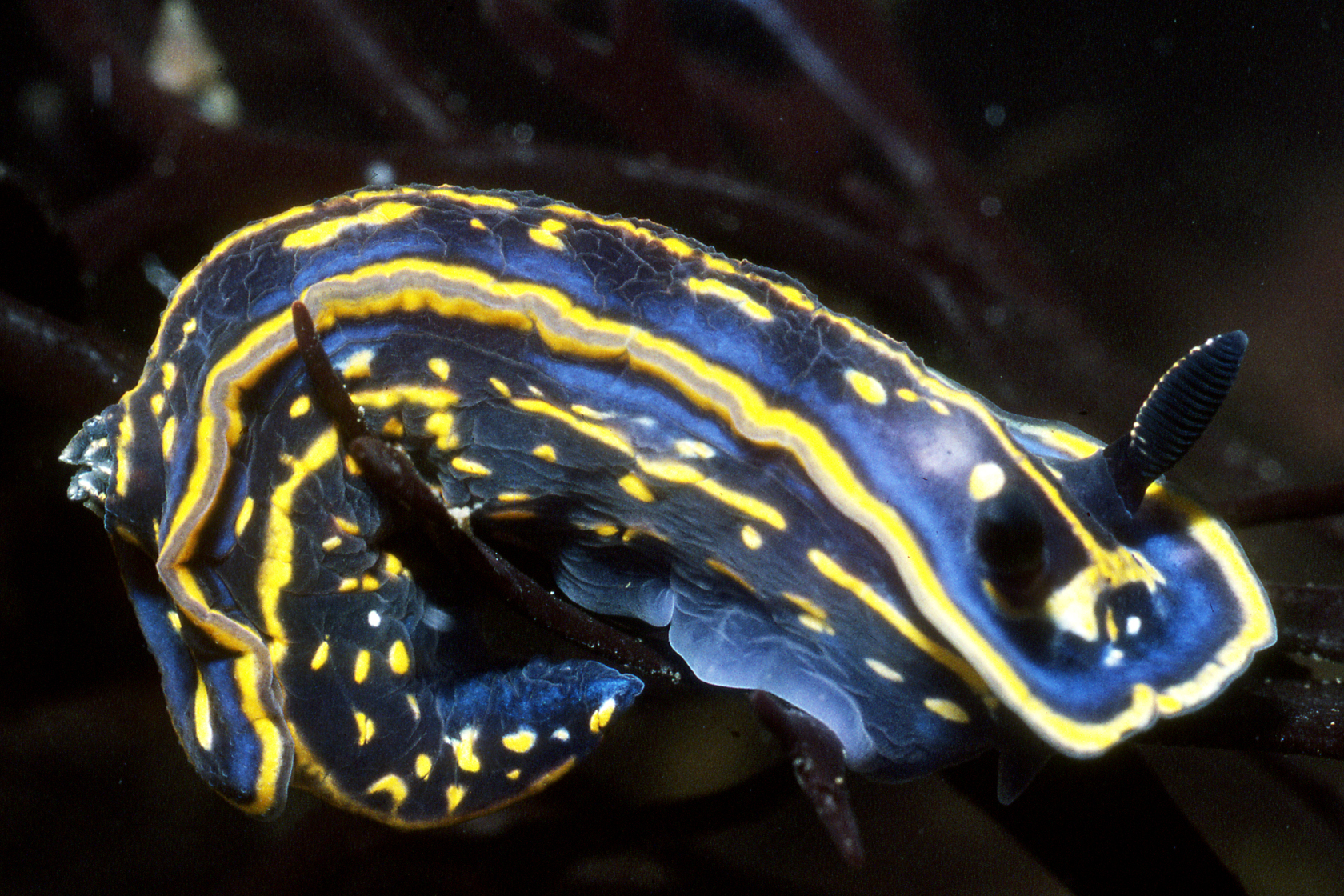
-(1).jpg)
